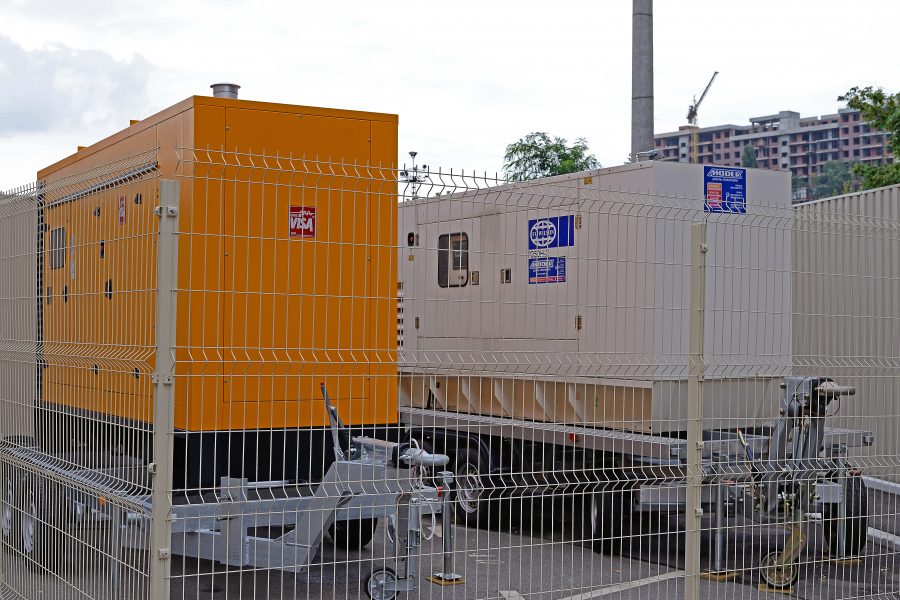ZTE announced the SDN NFV World Conference in The Hague that it will launch a commercial version of its 5G Common Core platform for 2G/3G/4G/5G/fixed networks in the first quarter of 2019. Tu Jiashun, Principal Scientist of ZTE Virtualization, presented the company’s vision for an evolution to a common core network across technologies.
First announced at Mobile World Congress in Barcelona, the ZTE platform is based on 3GPP Release 15 SBA and adopts technologies such as CUPS (Control and User Plane Separation), convergent architecture, distributed resource pool, and network slicing to build a convergent core network. It aims to address various application scenarios in 2G, 3G, 4G and 5G mobile networks as well as fixed networks, targeting vertical industries.
ZTE’s Common Core is used to deploy the cloud EPC network based on the CUPS technology and service architecture, which the company said greatly improves O&M efficiency and resource utilization and helps operators reduce capex and opex. It moves the user plane to edge DCs to improve user perception and save transmission resources.
This should help accelerate the transition from 4G to 5G technology, ZTE said. The vEPC based on ZTE’s Common Core can evolve to 5G by upgrading NFs and adding a small number of 5G unique NFs. In addition, ZTE’s Common Core supports both 5G SA and NSA networking, and 5G key service capabilities, including data migration without user awareness, voice SMS, 4G/5G core network interoperability, billing and network slicing, so operators can already carry out 5G pilots and large-scale commercial uses.









